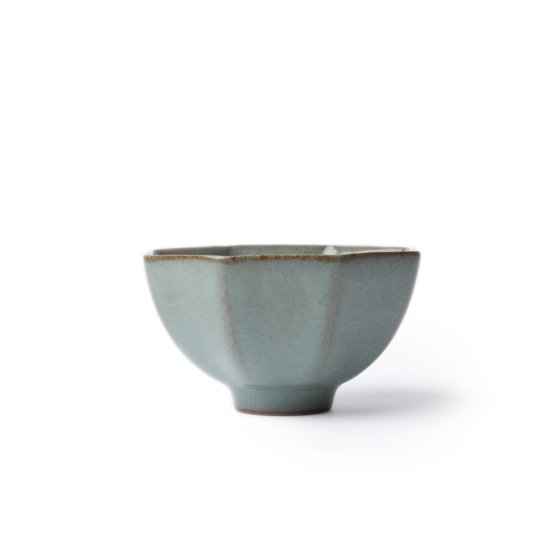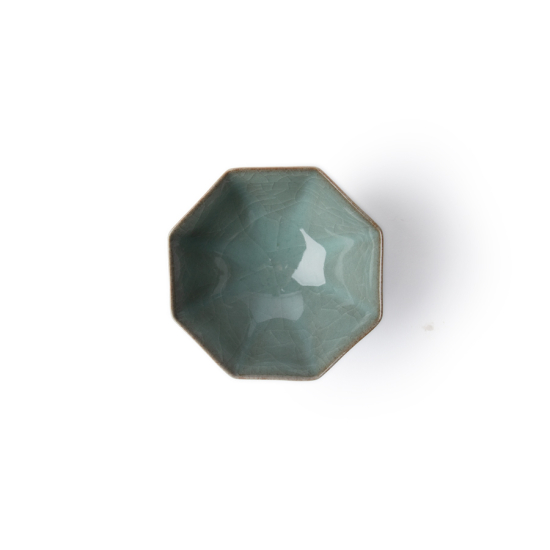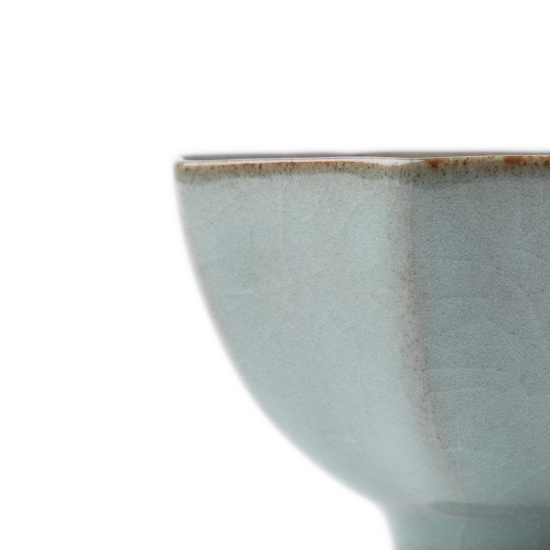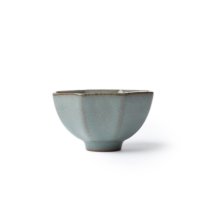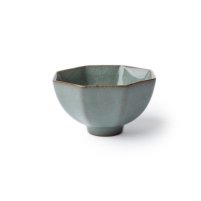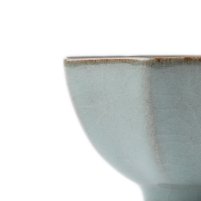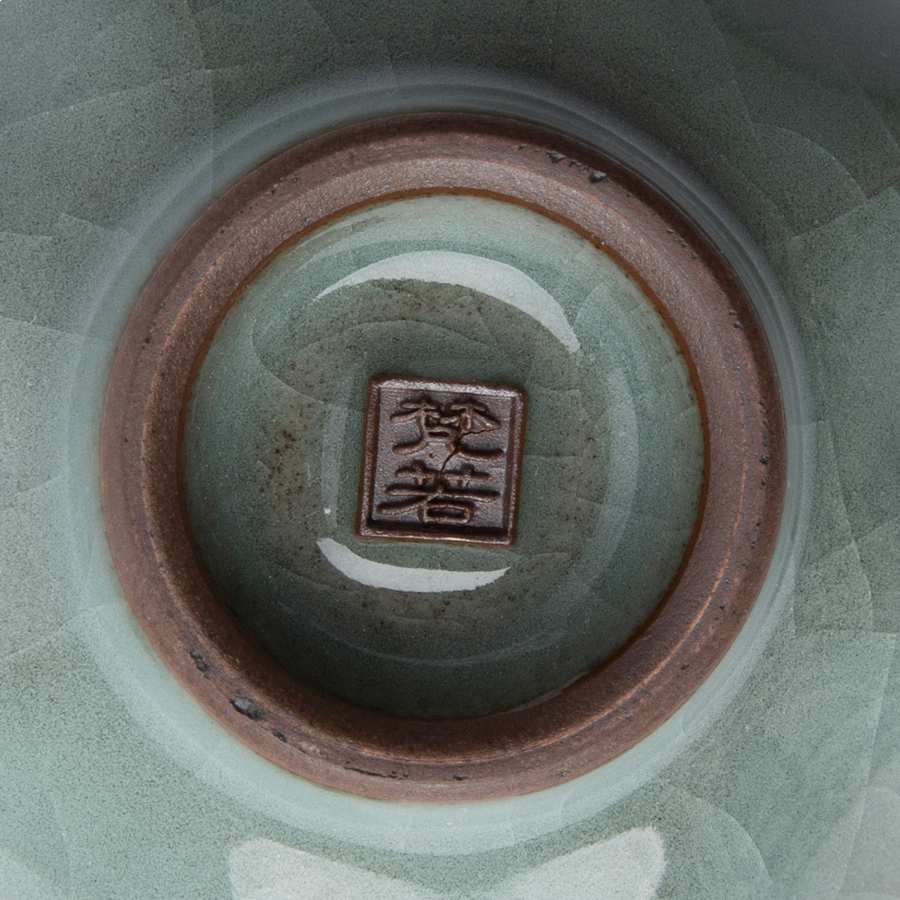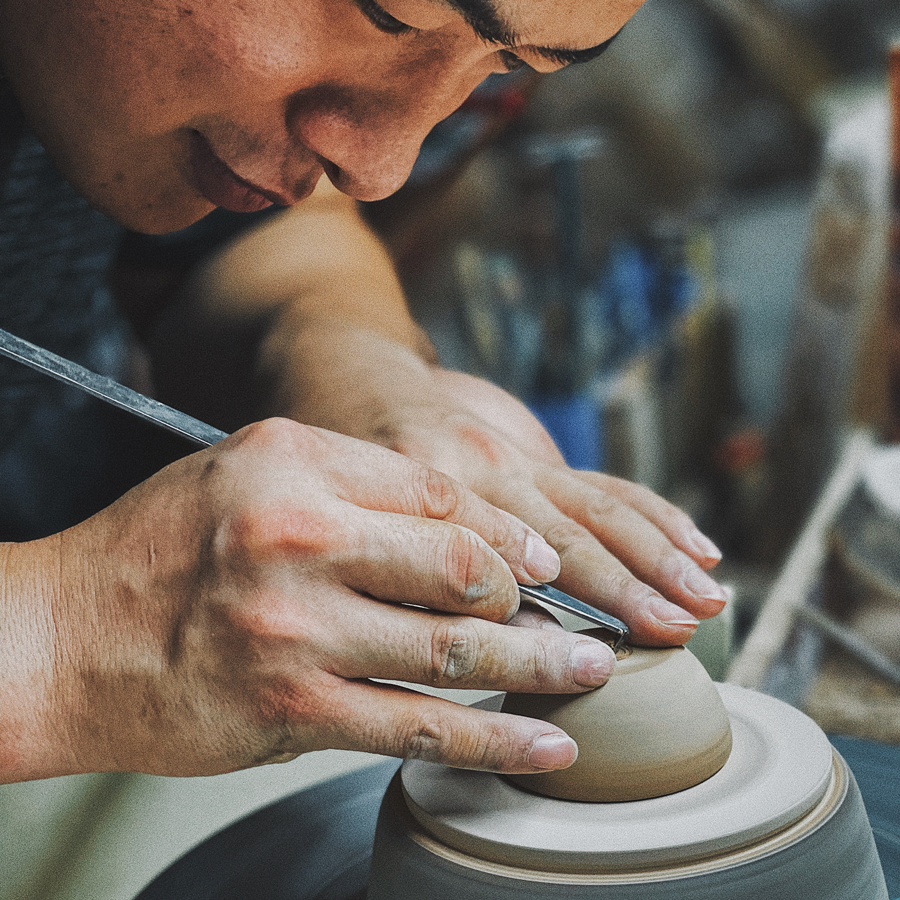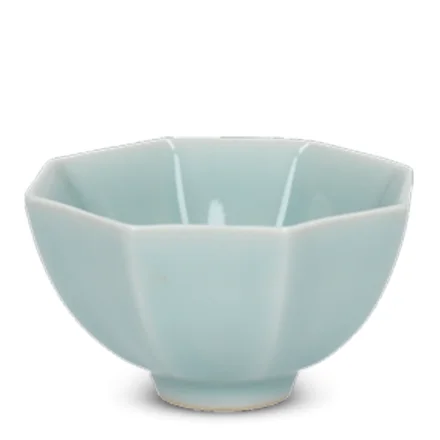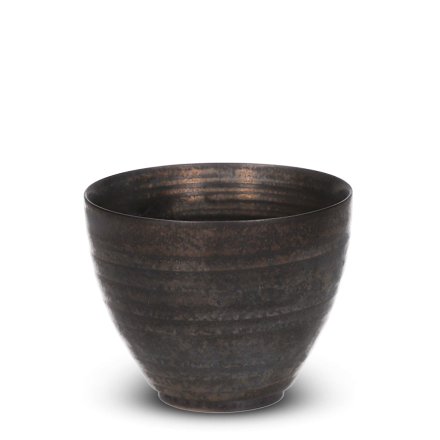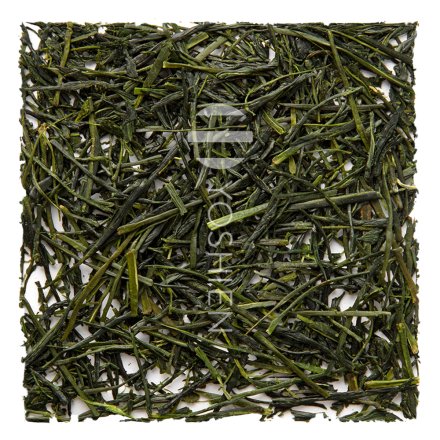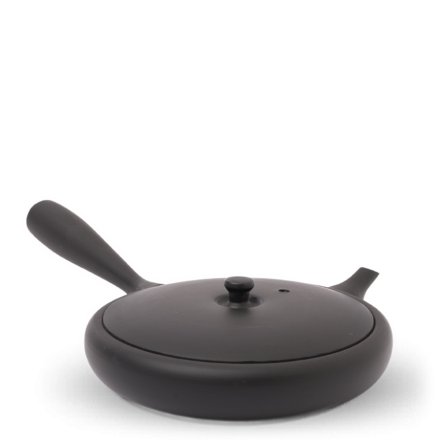Revered for its likeness to jade, celadon ceramics, also known as greenware, have been produced in China as far back as the Shang dynasty (1600-1046 BC). Traditional celadon glazes contain iron oxide, which transform into various lustrous shades of green – from deep olive to the palest blue- and grey-greens – when fired at high temperatures in a reduction oven. Celadon wares dominated the East Asian ceramic landscape for centuries, reaching its peak during the Song Dynasty (960-1279), after which blue-and-white Jingdezhen porcelain took pride of place.
Longquan Celadon
From the 10th century, greenwares from Longquan in Zhejiang province were particularly prized for their exquisite jade-like glaze. During the Northern Song dynasty (960-1127) Longquan celadons ranged from light yellow-green to dark olive hues, evolving to pastel and sea-green shades come the Southern Song dynasty (1127-1279) – which were especially popular and widely imitated in Korea and Japan. Longquan celadons are typically unadorned so as not to distract from the beauty of the glaze.



